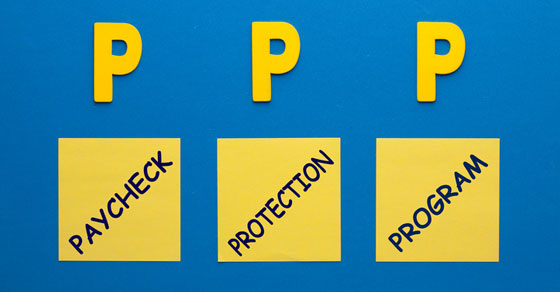A number of tax-related limits that affect businesses are annually indexed for inflation, and many have increased for 2021. Some stayed the same due to low inflation. And the deduction for business meals has doubled for this year after a new law was enacted at the end of 2020. Here’s a rundown of those that may be important to you and your business.
Social Security tax
The amount of employees’ earnings that are subject to Social Security tax is capped for 2021 at $142,800 (up from $137,700 for 2020).
Deductions
- Section 179 expensing:
- Limit: $1.05 million (up from $1.04 million for 2020)
- Phaseout: $2.62 million (up from $2.59 million)
- Income-based phase-out for certain limits on the Sec. 199A qualified business income deduction begins at:
- Married filing jointly: $329,800 (up from $326,600)
- Married filing separately: $164,925 (up from $163,300)
- Other filers: $164,900 (up from $163,300)
Business meals
Deduction for eligible business-related food and beverage expenses provided by a restaurant: 100% (up from 50%)
Retirement plans
- Employee contributions to 401(k) plans: $19,500 (unchanged from 2020)
- Catch-up contributions to 401(k) plans: $6,500 (unchanged)
- Employee contributions to SIMPLEs: $13,500 (unchanged)
- Catch-up contributions to SIMPLEs: $3,000 (unchanged)
- Combined employer/employee contributions to defined contribution plans: $58,000 (up from $57,000)
- Maximum compensation used to determine contributions: $290,000 (up from $285,000)
- Annual benefit for defined benefit plans: $230,000 (up from $225,000)
- Compensation defining a highly compensated employee: $130,000 (unchanged)
- Compensation defining a “key” employee: $185,000 (unchanged)
Other employee benefits
- Qualified transportation fringe-benefits employee income exclusion: $270 per month (unchanged)
- Health Savings Account contributions:
- Individual coverage: $3,600 (up from $3,550)
- Family coverage: $7,200 (up from $7,100)
- Catch-up contribution: $1,000 (unchanged)
- Flexible Spending Account contributions:
- Health care: $2,750 (unchanged)
- Dependent care: $5,000 (unchanged)
These are only some of the tax limits that may affect your business and additional rules may apply. If you have questions, please contact us.
© 2021






